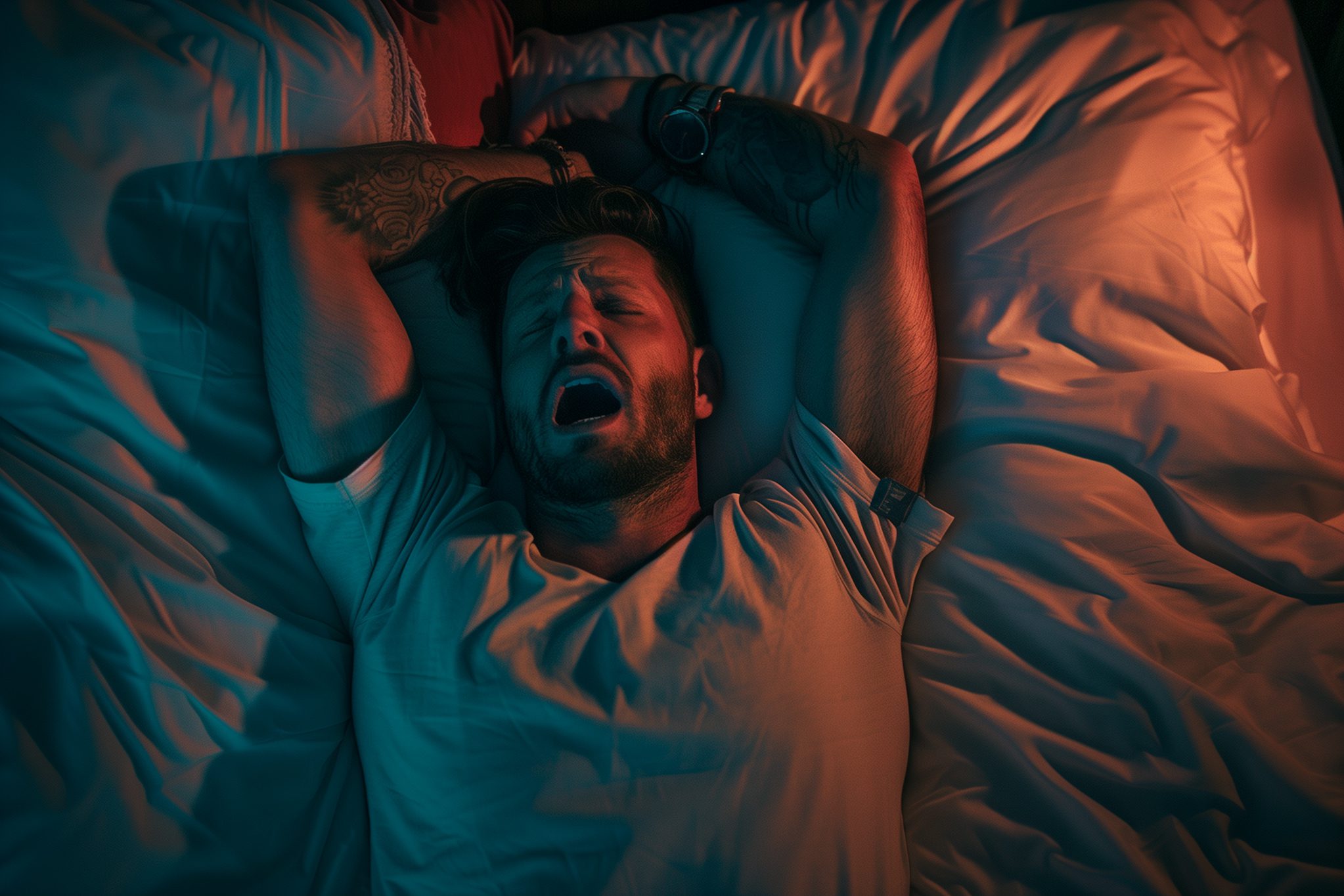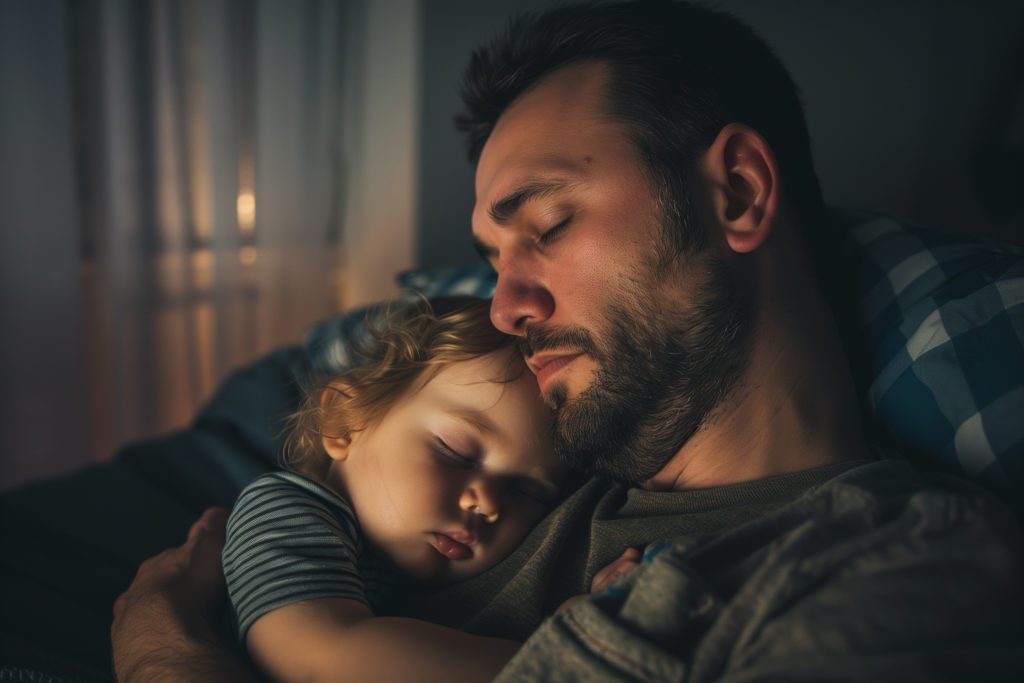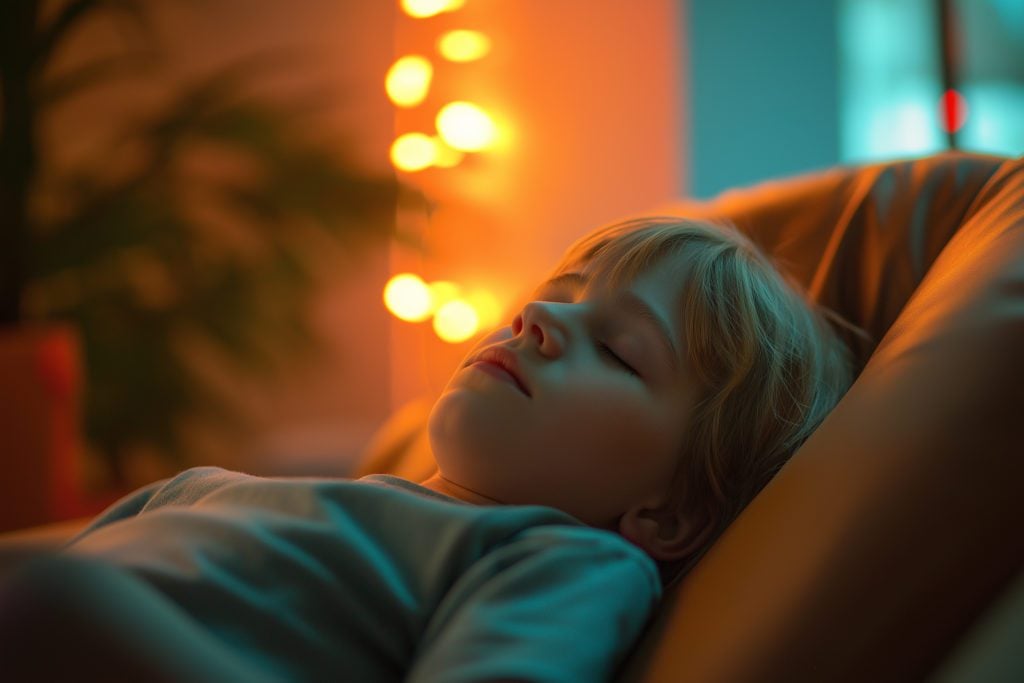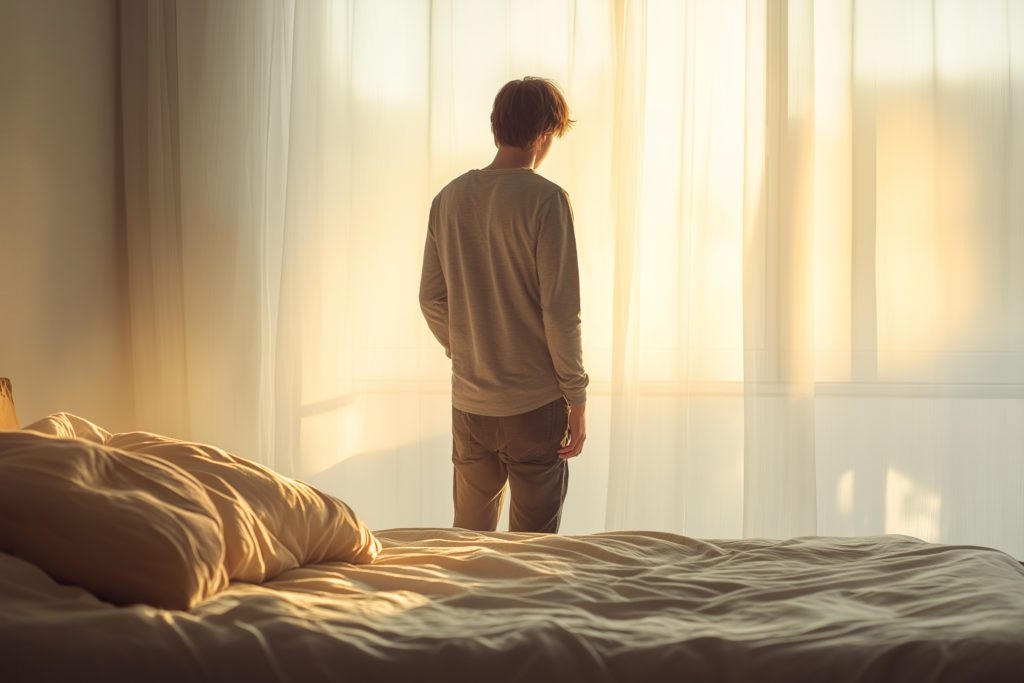
Navigating the peculiar world of parasomnias
Discover what triggers these eerie sleep episodes and how they wreak havoc with daily life. Ready to explore the night's mysteries?

Decoding the drama of the night—from sleepwalking to night terrors
Have you ever woken up somewhere and thought, “How in the world did I get here?” Or maybe you’ve been credited with antics in the middle of the night that you have absolutely no memory of? If so, you’ve had a firsthand encounter with the odd and often perplexing world of parasomnias.
These can be full-blown, sleep-induced escapades ranging from harmless sleep-talking to full-on midnight marathons. In this article, we’ll peel back the curtain on parasomnias, exploring the various types that can turn anyone into the unwitting protagonist of some rather peculiar night-time narratives.
So, let’s get to the bottom of what shakes up the peace of your slumber and how it affects your daily life.
What are parasomnias?
Parasomnias are a subcategory of sleep disorders involving unusual and undesirable physical events or experiences that disrupt the normal stages of sleep. These disruptions can range from relatively mild to significantly distressing, involving behaviors, emotions, perceptions, and dreams that may occur during different sleep phases—from deep non-REM sleep to lighter, dream-filled REM sleep.
The most common types of parasomnias include:
Sleepwalking
Often occurring during deep sleep, sleepwalking involves getting up and walking around while still asleep. It’s more common in children but can persist into adulthood.
Night terrors
These are episodes of screaming, intense fear, and flailing while still asleep, also during non-REM sleep. Night terrors are mostly seen in children and are more intense than your typical nightmare.
Sleep paralysis
During this startling condition, you're awake but temporarily unable to move or speak, caught between sleeping and waking. This phenomenon often comes with vivid hallucinations and a distressing sense of dread.
REM Sleep Behavior Disorder (RBD)
Unlike other parasomnias that occur during non-REM sleep, RBD happens during REM sleep. This disorder is characterized by the person acting out vivid, often unpleasant dreams with vocal sounds and sudden, often violent arm and leg movements.
Parasomnias can be triggered by a variety of factors, including:
- Genetic predisposition
- Sleep deprivation
- Irregular sleep-wake schedules
- Stress
- Medications
- Other sleep disorders, like sleep apnea, restless leg syndrome, etc.
While it can also be influenced by genetics, pregnancy, and neurological diseases, it’s still important to understand triggers to manage or treat parasomnias effectively.
The unseen impacts and subtle signs of parasomnia
Parasomnias often conjure images of dramatic midnight escapades, but their subtler signs and long-term effects can be just as disruptive. While the more conspicuous symptoms—like sleepwalking or night terrors—grab the spotlight, there are quieter signals that something's amiss during the night.
Subtle symptoms
- Micro-awakenings: Often unnoticed, these brief interruptions in sleep can significantly degrade sleep quality without the dramatic manifestations of other parasomnia symptoms.
- Confusion upon waking: A common yet overlooked symptom, this can disrupt a person's ability to start their day smoothly.
- Daytime sleepiness and fatigue: Without the restorative power of uninterrupted sleep, individuals may find themselves unable to stay alert during the day.
Broader impacts
- Emotional disturbances: Chronic sleep disturbances can lead to mood swings or depressive symptoms due to constant sleep interruption.
- Cognitive impairments: The fatigue and sleep disruption can affect cognitive abilities, leading to difficulties with memory, decision-making, and attentiveness.
- Social and professional consequences: The effects of parasomnias can spill over into personal and professional life, affecting relationships and job performance due to irritability or lack of focus.
These less obvious symptoms and broad-reaching effects highlight the importance of recognizing parasomnias not just as a series of dramatic nighttime events but as complex disorders that can deeply influence everyday life, highlighting the need for a personalized approach to treatment.
Practical tips for managing parasomnias at home
Plunged in the world of parasomnias? Here’s how to make the night a bit safer and more serene for everyone involved. These strategies can minimize episodes and keep the midnight drama to a minimum:
- Safeguard your sleep environment
Think of it as childproofing, but for sleepwalkers. To keep nighttime wanderings safe, declutter the bedroom to remove trip hazards like cords or loose rugs. Consider adding safety gates at the top of stairs, securing windows and doors, and maybe even putting a bell on the bedroom door to serve as an early alert system. - Stress less, sleep more
Stress is a notorious trigger for parasomnias, so finding ways to unwind before bed can be a game-changer. Establish a soothing pre-sleep routine that includes meditation, reading, or a warm bath. Keeping a regular sleep schedule also helps the body know when to shut down, reducing the chances of unwanted nighttime surprises. - Track your sleep (and nightly antics)
A sleep tracker can be your eyes when you’re out cold. These handy apps and devices monitor sleep patterns and can help pinpoint what might trigger parasomnia episodes. Understanding your sleep better means you can make targeted changes that might just keep those eerie encounters at bay.
With these tips, you can start to tame the unpredictability of parasomnias and turn those restless nights into restful ones. Remember, small changes can lead to big improvements in safety and sleep quality.
When to seek professional help
Wondering when to turn to the pros? If parasomnia episodes increase in frequency and severity or lead to injuries, it’s time to chat with a healthcare provider. Unexplained daytime fatigue and persistent anxiety about sleep might also be signs that professional insights are needed. A medical professional can offer a diagnosis and tailor treatment plans to your specific needs, ensuring your safety and improving your sleep health.
Putting a stop to parasomnias
Who knew the night could be so eventful? Managing parasomnias is about more than just dodging the odd midnight mishap—it’s about understanding the quirks of our sleep and taking steps to smooth out the bumps. Simple changes at home, like a safer bedroom setup and a regular wind-down routine, can make a big difference. But if those bizarre bedtimes don't calm down, it might be time to call in the experts. Professional, tailored advice may make your nights more restful and less like a scene from a thriller!

Written by
Georgia Austin
Professionally trained copywriter, editor, and content marketing strategist with over 7 years of experience—working with brands like Nike, Siemens, Toshiba, Tommy Hilfiger, Culture Trip, and Klook.
Download Pillow
Get help
Press & News
Legal
Connect
X (Twitter)
Company
Copyright © Neybox Digital Ltd.



